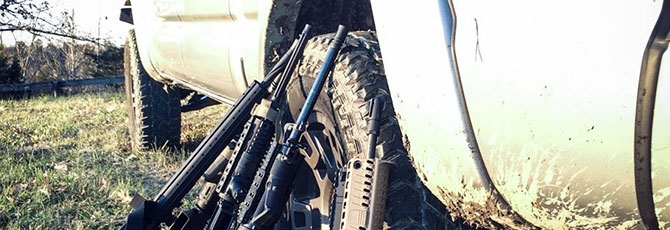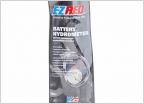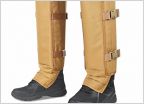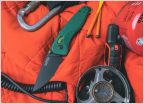-
Welcome to Tacoma World!
You are currently viewing as a guest! To get full-access, you need to register for a FREE account.
As a registered member, you’ll be able to:- Participate in all Tacoma discussion topics
- Communicate privately with other Tacoma owners from around the world
- Post your own photos in our Members Gallery
- Access all special features of the site
So you want to buy an AR-15 - FAQs
Discussion in 'Guns & Hunting' started by Packman73, Apr 8, 2010.
Page 1 of 12
Page 1 of 12


 Hearing Protection/ Ammo Cans/ Gun cases etc.
Hearing Protection/ Ammo Cans/ Gun cases etc. Opinions on Ruger LCR
Opinions on Ruger LCR Concealed carry
Concealed carry What snake boot to buy
What snake boot to buy Self Defense Reads / Books ?
Self Defense Reads / Books ? Did I do good? Ordered a SOG trigent knife
Did I do good? Ordered a SOG trigent knife



































































